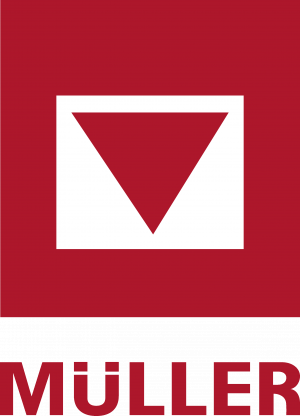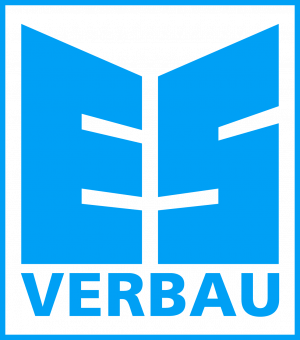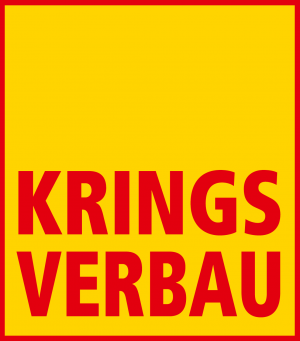Trench Shoring

Shoring systems have become an integral part of civil engineering projects. Even if every construction site has specific challenges that need to be overcome, the basic requirements for shoring are always the same: high safety thanks to stability, minimal impact on the ground outside the shoring and the largest possible working areas with sufficient space, regardless of the trench width and shoring depth. Preventing a collapse ensures the safety of employees and surrounding structures. What began in 1949 with the founding of the company by Emunds and Staudinger in connection with the securing of coal mines, today comprises an extensive product range with slide rail shoring, trench boxes and plank chamber shoring of the product brands E+S and KRINGS, which are united under the umbrella of terra infrastructure.
The introduction of trench shoring systems has fundamentally changed work in civil engineering. Where workers previously had to reckon with collapses due to vibrations, soil or traffic loads, soaking or drying out, today our products, which are tailored to the individual application, support the trench and excavation walls safely and reliably. Accidents and structural damage can be prevented in this way.
Shoring is an important structural measure in civil engineering and geotechnics that is used to ensure the stability of trench and excavation walls and to secure them. It is often used to prevent soil from slipping and to increase the safety of construction sites:
1. planning and design:
Before starting to secure a trench or excavation, careful planning of the construction project is necessary. Engineers analyze the ground conditions, the trench depth and the surrounding conditions. On this basis, a decision is made as to which type of shoring should be used.
2. types of shoring:
There are different types of shoring, including:
- Box shoring
- Slide rail shoring
- Sheet pile shoring
The choice of system depends on various factors, including the depth and width of the trench, the type of soil, water conditions and the duration of use.
3. execution:
Site preparation: The site is prepared by clearing the area and creating access routes where necessary.
Installation: Before the shoring is installed, the selected system is pre-assembled in full or in parts. Sufficient space must be provided on the construction site for installation.
Installation of the shoring and excavation: The selected shoring is installed. Depending on the system, this may require different techniques and equipment. The trench is excavated taking into account the planned depth and width. Depending on the soil conditions and the selected shoring system, the excavation is carried out either before or parallel to the installation of the shoring system.
4. monitoring and maintenance:
During construction, continuous monitoring of the stability of the shoring is required to ensure that no settlement or movement occurs. This can be done by regular inspections and the use of measuring instruments. Adjustments may need to be made to ensure safety.
5. final work
After completion of the construction work, the shoring elements are dismantled, unless they remain permanently.
- Not or little consolidated/organic ground, layer changes, fissures
- (Layered) water/groundwater, softening weather conditions
- Vibrations caused by traffic or equipment
- Loads near the top edge of the trench (material storage, vehicles, buildings)
- Dense development, surface slope
The cost of Trench Shoring depends on various factors, such as the type of shoring system, the depth and width of the trench, and the rental period. We would be happy to provide you with a customized quote for your building project. Please use our contact form to get in touch.
In the adjustment method, trench shoring equipment is adjusted into a section of the trench that has been excavated to its final depth.
In the lowering method, trench shoring equipment or parts thereof are pressed vertically into the ground. The lowering of the shoring system occurs alternately with the excavation of soil. The lowering method is used in particular at deeper excavation pits and not stable ground.
Our portfolio covers applications from < 2.0 m to approx. 9.0 m and more. The technically appropriate depth of a shoring system depends on earth pressure, system statics, building ground, and the surrounding area (buildings, traffic). We would be happy to help you select the appropriate shoring system. Please use our contact form for this purpose.








